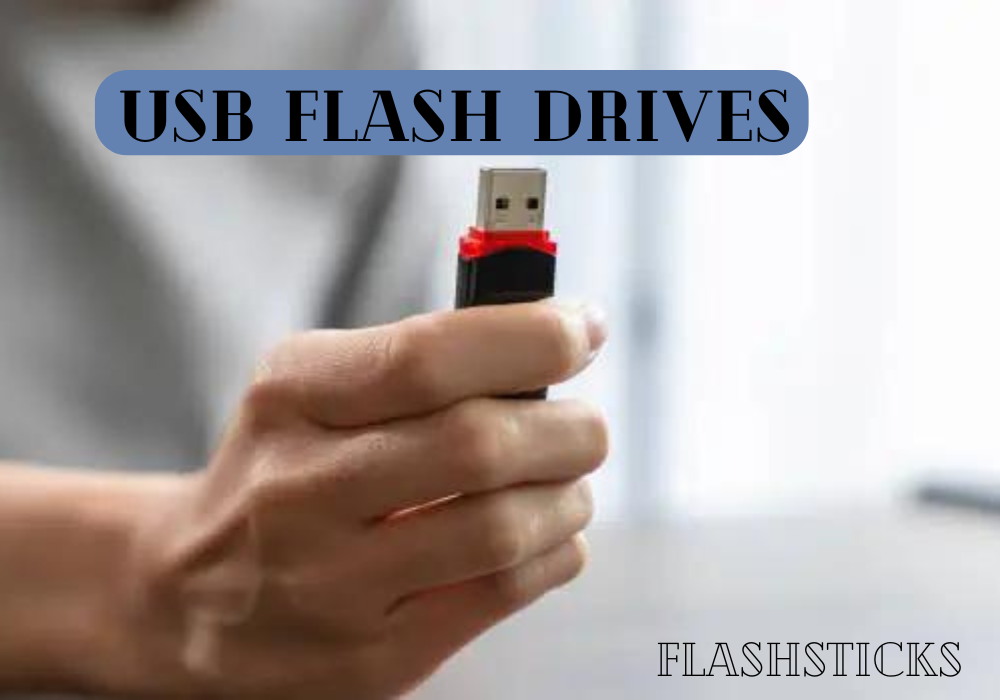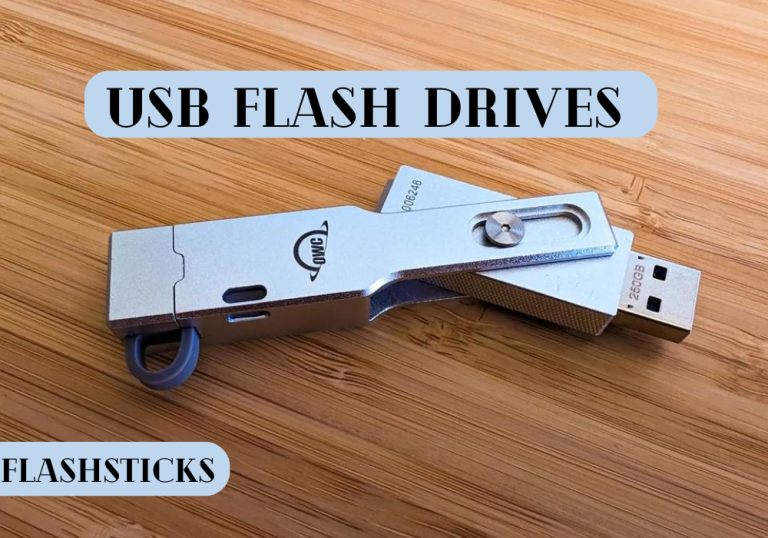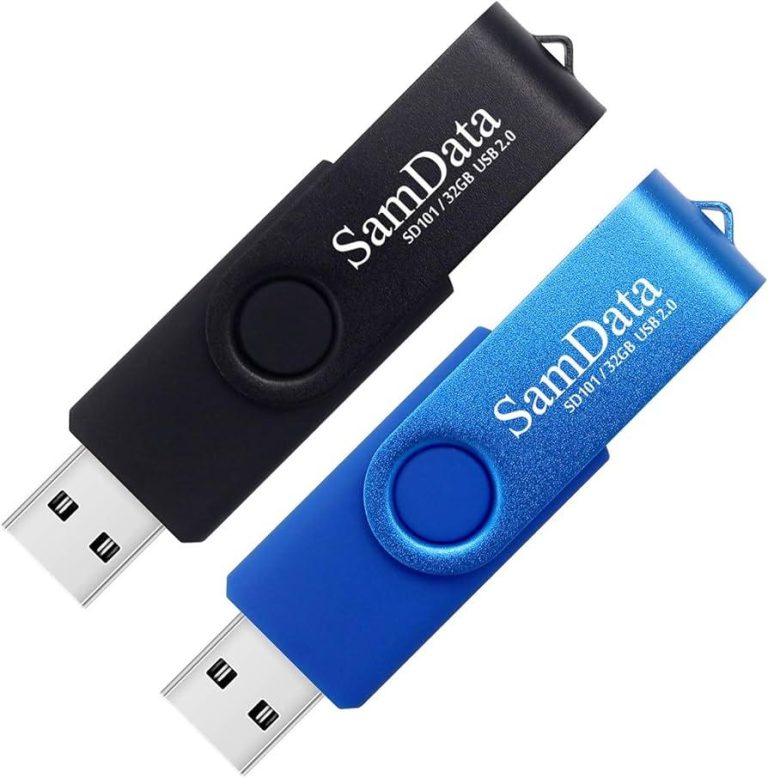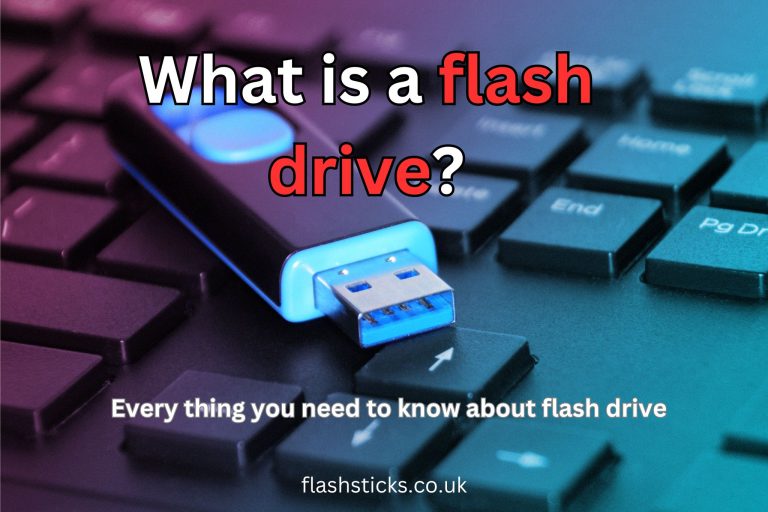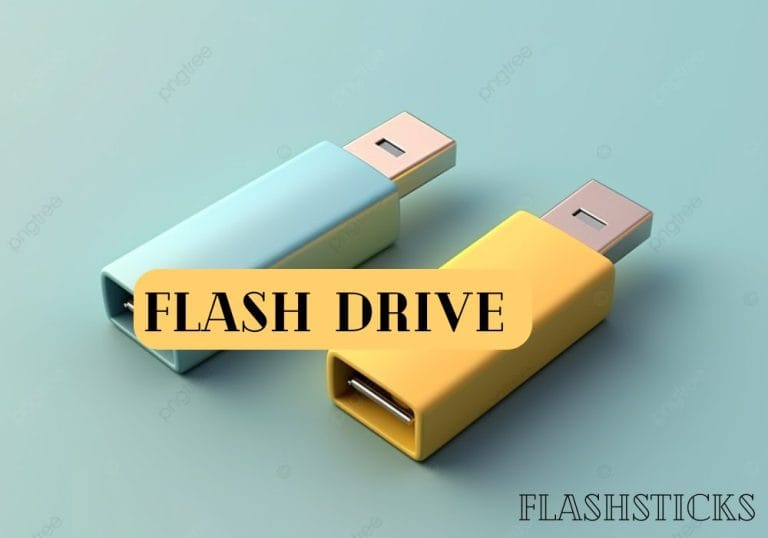How to Store a USB Flash Drive Tips for Safe and Long-lasting Use
“USB flash drives are handy tools for storing, transferring, and backing up data. Despite their small size and convenience, they can be susceptible to damage if not stored correctly. Understanding how to store and protect your USB flash drive will ensure its longevity and the safety of your data. In this article, we will explore the best practices for storing USB flash drives, including tips for physical protection and data security.
Why Proper Storage of USB Flash Drives is Important
Whether you’re a student, a professional, or just someone who frequently uses USB flash drives, proper storage is crucial. Here are some key reasons why:
- Data Integrity: Proper storage helps to prevent data corruption and loss.
- Device Longevity: Storing your USB drive correctly can extend its lifespan.
- Physical Protection: Reducing the risk of physical damage reduces the likelihood of needing costly replacements.
Best Practices for Storing USB Flash Drives
1. Use a Protective Case
One of the simplest and most effective ways to store a USB flash drive is to use a protective case. These cases are designed to shield the drive from physical damage such as drops, bumps, and scratches.
2. Avoid Extreme Temperatures
Exposure to extreme temperatures can cause damage to the electronic components of your USB flash drive. Store your drive in a cool, dry place to maintain its functionality over time.
3. Keep Away from Water and Moisture
Water and electronics do not mix well. Keep your USB flash drive away from water sources and humid environments to prevent water damage.
4. Use Dust Caps
A dust cap is a small cover that fits over the connector end of the USB flash drive, protecting it from dust and debris, which can interfere with the drive’s performance.
5. Label Your Drives
If you have multiple USB flash drives, labeling them can help you quickly identify them, reducing the risk of accidental misuse or loss. Labels can be simple stickers or adhesive tags.
Data Protection Tips
1. Regular Backups
Regularly backing up your data ensures that you don’t lose important files if the USB flash drive gets damaged or lost. Use cloud storage services or external hard drives for this purpose.
2. Encrypt Sensitive Data
For sensitive data, consider encrypting the files on your USB flash drive. This adds an extra layer of security, protecting your information from unauthorized access.
3. Use Antivirus Software
Ensure that your USB flash drive is scanned regularly for viruses and malware. This prevents potential data corruption and keeps your files secure.
Best Storage Conditions for USB Flash Drives (HTML Table)
| Factor | Best Condition |
|---|---|
| Temperature | 0°C to 35°C (32°F to 95°F) |
| Humidity | 0% to 85% (non-condensing) |
| Protection | Hard protective case or dust cap |
Common Mistakes to Avoid
1. Leaving It Plugged In
Leaving your USB flash drive plugged into your computer for extended periods can expose it to power surges and overheating. Always eject it safely and store it properly when not in use.
2. Using Unreputable USB Drives
Using low-quality or counterfeit USB flash drives increases the risk of data corruption and hardware failure. Always purchase reputable brands from trusted retailers.
3. Writing on Drives with Sharp Objects
Writing labels on your USB flash drive with sharp objects can damage the drive’s exterior and impact its internal components. Use appropriate labeling methods instead.
Benefits of Properly Storing USB Flash Drives
- Enhanced Data Security: Minimizes the risk of data loss and corruption.
- Extended Device Life: Ensures that your USB flash drive remains functional for a longer time.
- Cost Efficiency: Reduces the need for frequent replacements and repairs.
- Easy Accessibility: Properly labeled and stored USB drives are easier to find and use.
Conclusion
Proper storage of USB flash drives is essential for maintaining the integrity of your data and the longevity of the device. By following the tips outlined in this article, such as using protective cases, avoiding extreme temperatures, and regularly backing up data, you can ensure that your USB flash drives remain functional and reliable for years to come. Remember, taking a few extra steps now can save you significant time, money, and stress in the future.
“`

